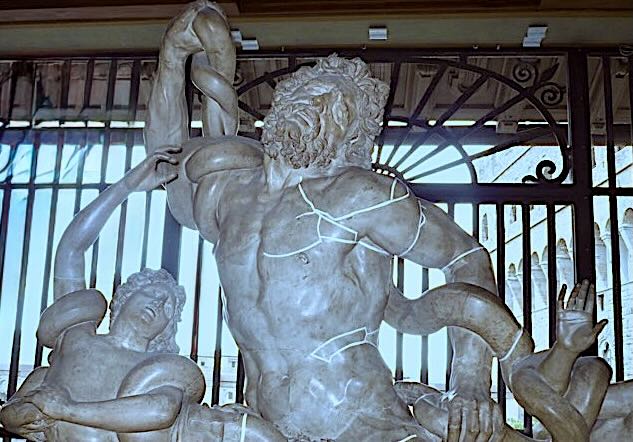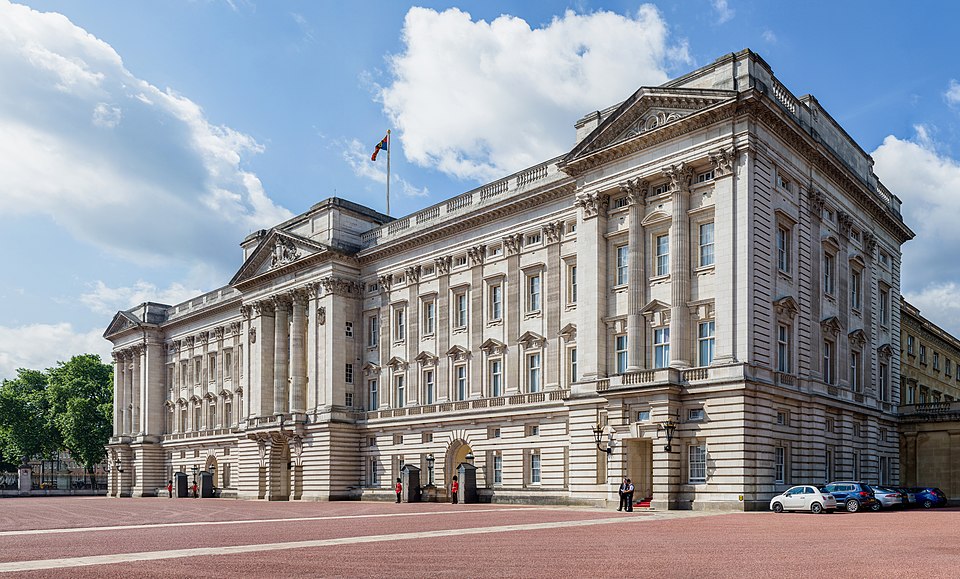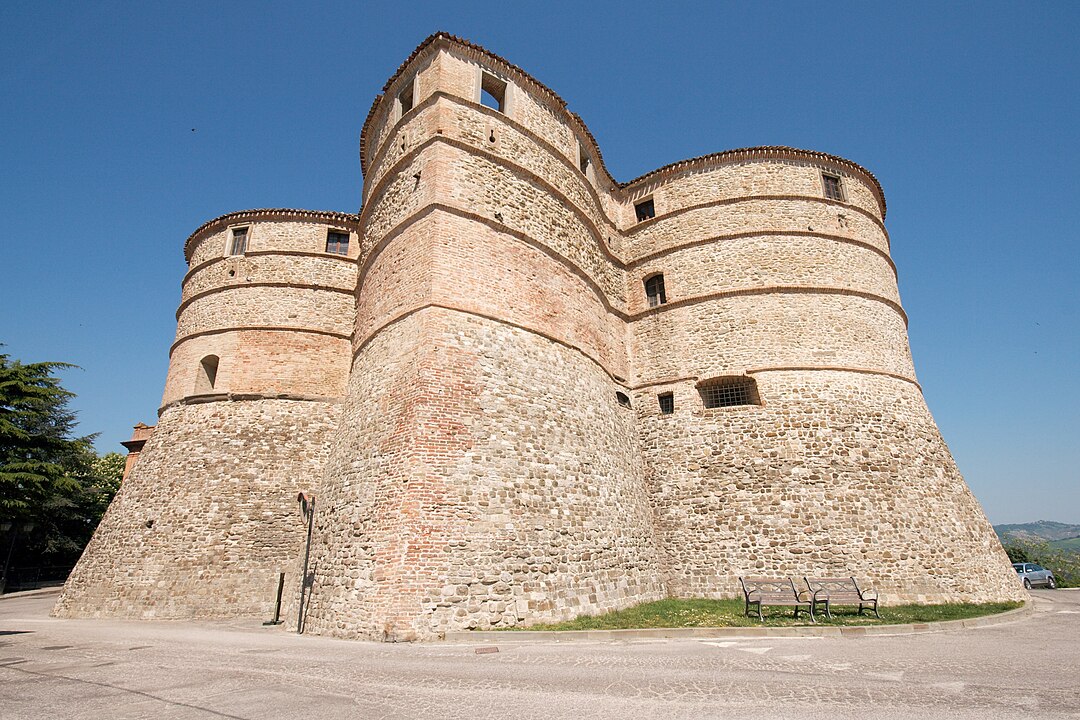Forest Fire Risks to Cultural Heritage: a STORM Project Presentation
When evaluating the fire risks to cultural resources, the focus is typically on buildings and artifacts, with forest or vegetation fires considered in a relatively limited number of cases.
The technical literature addressing the protection of cultural heritage from fire risks often overlooks this specific aspect. One of the few comprehensive documents that delves into this issue is the Wildland Fire report on Ecosystems Effects of Fire on Cultural Resources and Archeology, published by the United States Department of Agriculture. To address the risks associated with vegetation fires, the report categorises types of fires into three main areas:
- Risk to artifacts caused by vegetation fires;
- Risk to intangible Cultural Resources caused by vegetation fires;
- Risk to Cultural Resources caused by fire suppression and rehabilitation activities.
A quick overview of the overall problem (broadly based on the USDA document) of the risks to Cultural Heritage associated with vegetation fires has been the object of a presentation during the 2017 STORM Summer School, held on September 11-13 in Rome. The EU-funded project STORM, under Horizon 2020, focuses on protecting cultural heritage from the effects of climate change and natural disasters. The initiative aims to develop methods, tools, services and policies to safeguard this irreplaceable heritage.
STORM Key points
Key points of the project are:
- Objective: The STORM project aims to strengthen the capacity of operators to protect cultural heritage from climate change-related risks. This is particularly important because many European historic sites are threatened by phenomena such as storms, floods, erosion, humidity, earthquakes and forest fires. The presence of vegetation can also damage structures vulnerable to fire risk.
- Methodology: The project used five study sites in Italy, Portugal, Turkey, Greece and the UK to monitor and assess in real time the impact of natural forces on cultural sites. The project was based on a multidisciplinary approach, involving experts from various fields, such as curators, conservators, architects, archaeologists, engineers and risk management specialists. Techniques were developed to measure the impact of different risk factors by analyzing different use cases that included:
- Sensors to measure vibrations, sea level, humidity and to monitor the invasion of plants and other organisms.
- Fiber optics to measure vibrations caused by traffic or weather events.
- Smartphone apps, to allow tourists to contribute to the monitoring by providing photos and additional information via an app.
- Early warning systems: in this case, data collected from various sources is used to create a real-time early warning system that informs site managers about potential problems. This system helps to make informed decisions to protect cultural heritage.
The project is important for the protection of cultural heritage that is fundamental to the European cultural identity. Many important locations are at risk and there are no solutions that provide a clear picture of what is happening in these sites. The STORM project seeks to fill this gap.
In terms of vegetation fires, the project also considers the risks of vegetation fires to cultural heritage. This aspect is often overlooked in technical literature on the protection of cultural heritage from fires, and the project also draws on the USDA report “Ecosystems Effects of Fire on Cultural Resources and Archaeology”.
STORM is an EU Horizon 2020 project financed to enhance the capacity of stakeholders to protect cultural heritage against climate change effects and the course – Emergency Management of Cultural Heritage – has dealt with several issues of protection of Cultural Heritage.






